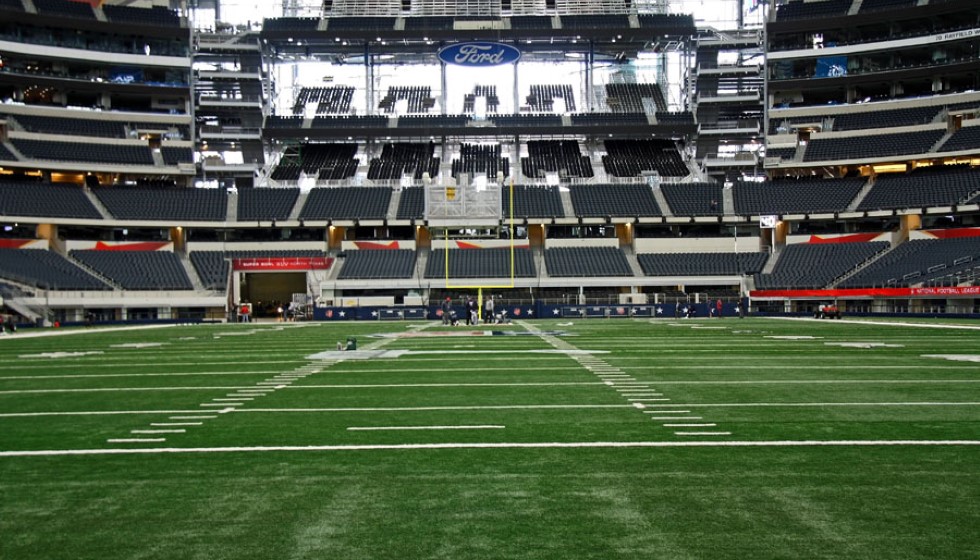
The National Football League (NFL) is a melting pot of talent, ambition, and dreams, comprising 32 teams and over 2,200 players. At the heart of replenishing and introducing fresh blood into this competitive landscape is the NFL Draft, a pivotal event in the sports calendar. This meticulously orchestrated event plays a critical role in shaping the careers of around 250 collegiate players each April, over the course of three exhilarating days. Yet, it's not just the drafted that make waves; undrafted players also have ample opportunity to leave their mark on the league.
The Intricacies of the NFL Draft
The draft is structured into seven rounds, allowing each team a pick per round. The order is determined inversely by the teams' performance in the previous season, ensuring that the lower-ranked teams have a chance at the top collegiate talents. This process is not merely about cherry-picking the best skills; it calls for a nuanced evaluation of how a player's capabilities align with a team's needs and overall strategy. Sometimes, it’s less about the player's immediate impact and more about their potential to grow and adapt.
One of the most legendary examples of the draft's unpredictability and potential for greatness is Tom Brady. Selected as the 199th pick in the 2000 draft, Brady's journey from a relatively overlooked draft choice to becoming one of the NFL's greatest quarterbacks underscores the latent potential within these rounds. The draft, therefore, is not just a test of a player's collegiate performance but an assessment of their future impact in the professional arena.
Trading Draft Picks: A Tactic in Strategy
Adding an extra layer of strategy to the draft are trades. Teams can barter their picks, exchanging current positions for multiple lower-round picks, future draft prospects, or even established players. This adds a dynamic layer of strategy, as teams must not only evaluate talent but predict future performance, team needs, and the value of immediate versus future success. These decisions can define a franchise's trajectory for years to come, making the draft a hotbed of anticipation and speculation.
Maintaining Competitive Balance
One of the draft's core objectives is to uphold the NFL's competitive balance. By allowing less successful teams the first opportunity to select top collegiate talents, the league fosters an environment where turnaround stories are possible, and every team has a fighting chance to improve season over season. This system has contributed to the NFL's reputation as a league where parity is prized and any team can ascend from the bottom to championship contendership with the right mix of talent, coaching, and strategic acumen.
The draft’s egalitarian approach ensures that success is not monopolized by the perennial powerhouses but is accessible to any team that drafts wisely. This democratization of potential has made the NFL one of the most unpredictable and exciting leagues globally, where a Cinderella story is always within the realm of possibility.
The Path to NFL Success
It is a testament to the draft's design and its central role in the NFL's competitive ecosystem that success can emerge from any round. While first-round picks carry the allure of immediate impact players, the later rounds are replete with examples of individuals who exceeded expectations to make significant contributions to their teams. These players, often overlooked and underestimated, embody the spirit of determination and resilience that defines the best of sports.
In conclusion, the NFL Draft is more than just a selection process; it’s a cornerstone of the league's competitive balance and a beacon of hope for emerging talent. By intricately weaving the dreams of young athletes with the strategic aspirations of teams, the draft remains a vital engine driving the NFL's never-ending quest for excellence. Whether through a first-round star or a late-round gem, the draft is proof that in the NFL, greatness can emerge from the most unexpected places.